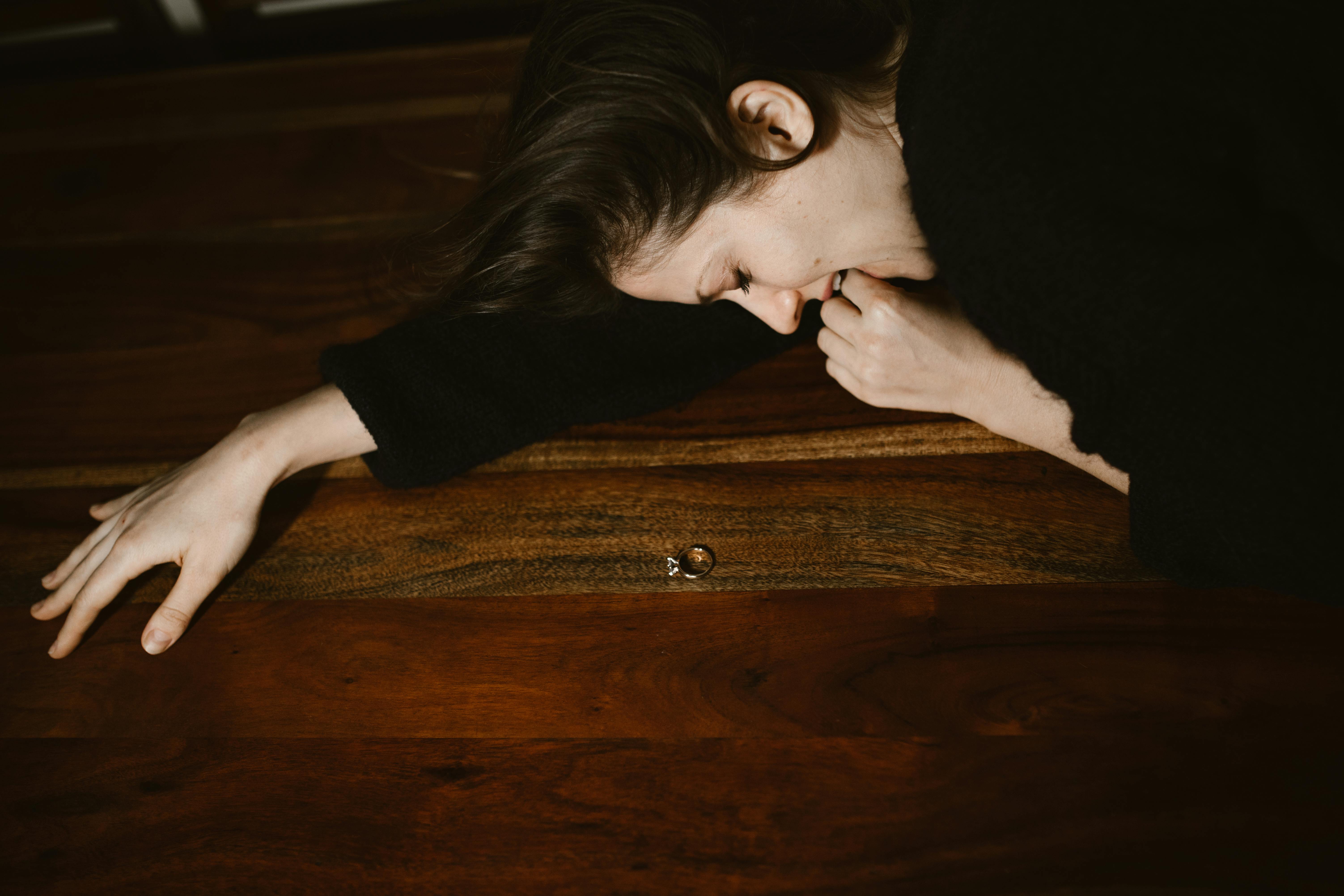The Treated Oak is a southern live oak (Quercus virginiana) located in Treaty Oak Park on Baylor St. between 5th and 6th in downtown. This historic tree is said to be over 500 years old. In 1927, our green part of history was inducted into the American forestry hall of fame. They said it was the “most perfect specimen” of a tree in North America. The Treated Oak is the last standing tree in a group of trees known as Council Oaks. The grove had 14 strong trees at one time.
There is no written documentation, but old stories say that Stephen F. Austin negotiated a boundary treaty with Native Americans in the 1830s. Council Oaks was a popular gathering place for the Comanche and Tonkawa tribes.
Most of the Council Oaks grove was wiped out in 1927 by urbanization. The remaining two lots (where the Treaty Oak resided) owned by Walter H Caldwell’s widow were for sale for $ 7,000 at the time, but were never purchased. In 1937, the city of Austin raised $ 1,000 to buy the land and, more importantly, the tree.
Mr. Caldwell purchased the parcel of land containing the 1882 Treaty Oak. The land was owned by James Raymond during the republic and the early days of statehood before being sold to John Ireland, who ruled Texas from 1882 to 1886. Based on the timing of the transaction, the funds John Ireland received from Caldwell may have supported John’s gubernatorial campaign. Walter H Caldwell was a Texas ranger, born in 1840. He was shot in the leg in Florence AL in 1864 during the Civil War. It was last known that he was alive while attending a Texas Rangers meeting in 1898. The exact year of Caldwell’s death is unknown.
In 1989, the Treaty Oak was poisoned with Valpar by Paul Cullen, who ended up serving 9 years in prison. Paul believed that killing the tree would kill his unrequited love for another man. Paul Cullen probably derived this theory based on the ancient Indian ceremony performed by Native American women. A tea was made from the acorns of the treated oak and drinking it was believed to help bring their warrior husbands back from the battlefield. Ross Perot wrote a blank check for the attempted recovery of our historic oak tree. The soil from the poisoning site was excavated and removed, however half of the crown was still lost.
The treated oak produced its first crop of acorns since poisoning in 1997. And, in February 2003, 1,000 trees were offered to the community for planting in a joint effort led by the City of Austin and the Texas Forest Service. You can purchase a descendant of the treated oak today at historictrees.org.
During my research I found an interview of a crazy guy giving his version of why the treated oak survived the poisoning. It was too much fun to leave out.
“I used my medicinal pipe to restore balance to the tree after it had been attacked. In simple terms, what I did, my part, was similar to a doctor walking in and giving a sick patient an injection to help his immune system returns to a place of balance so they can heal themselves, “Stronghorse said. Now, 15 years later, Treaty Oak is still standing, but Stronghorse refused to take credit for saving it.
“The truth is that I did not heal this tree. The truth is that what healed this tree are the prayers of the children. The children came here and built an altar in front and they had their candles and they left their messages. that saved the tree, “Stronghorse said.
